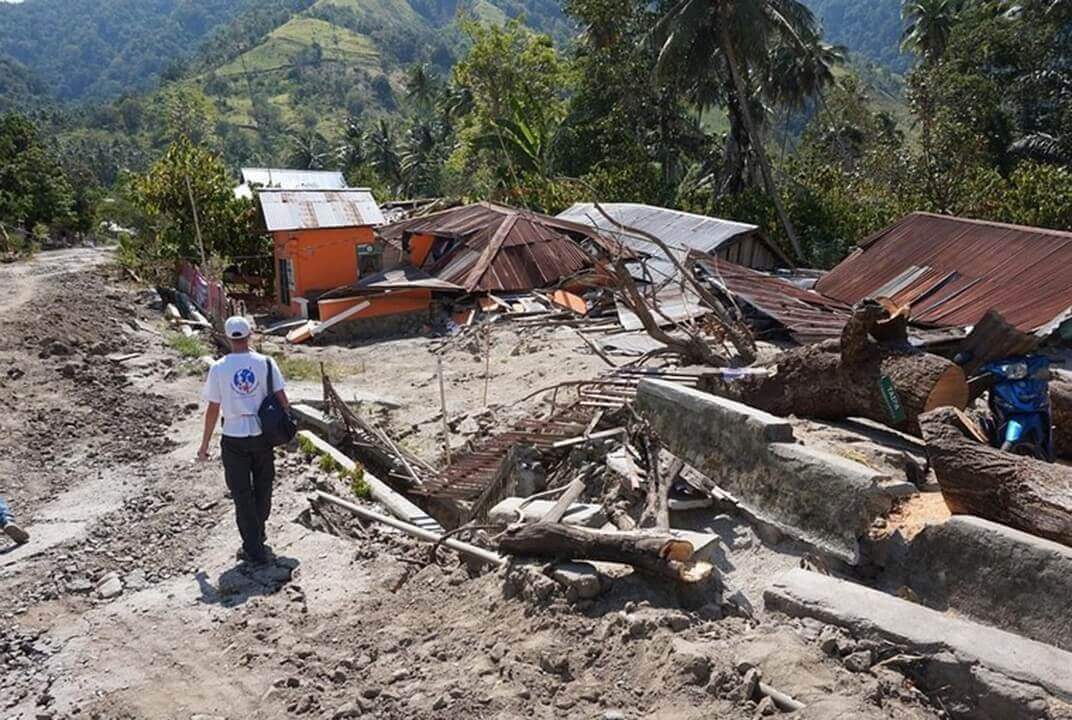Critical cyclone simulation test for Inmarsat
In 2012, category-4 Cyclone Giovanna hit the island of Madagascar wiping entire towns and villages off the map, and affecting 670,000 people. On 16th October, a cyclone simulation test was carried out by the Malagasy government to ensure such devastation does not occur again.
With the help of Inmarsat-sponsored Télécoms Sans Frontières (TSF) and Inmarsat’s satellite communication services, the National Bureau of Risk and Disaster Management of Madagascar sent out a red alert at 09:00 EAT in Brickaville, Eastern Madagascar.
Telecommunications play a vital role when disaster strikes, and by 10:00 EAT- with mobile and terrestrial networks down – villagers had been evacuated by boat and the preliminary stages of the first responders’ work was underway.
Telecoms centre
TSF quickly established a telecoms coordination centre at the heart of the ‘disaster’ using Inmarsat’s IsatPhone Pro and IsatPhone 2 handheld satellite phones and BGAN terminals. Centres such as these are crucial for NGOs and national rescue bodies working on the ground to coordinate relief efforts. In a real life situation Inmarsat’s handheld satellite phones would also be used to put those affected by the disaster in touch with family and friends to let them know they are safe.
“We were invited to participate in this disaster simulation by the National Bureau of Risk and Disaster Management of Madagascar and the Telma Foundation,” said Alexander James Thomas, Head of Communications at TSF.
“An efficient, effective and coordinated response requires reliable and dependable communications. We believe in regular preparedness and are integrated in the national response mechanisms in Haiti, the Philippines and Indonesia through prepositioned emergency response equipment kits and training sessions.”
Emergency preparedness is essential for countries such as Madagascar, which is regularly hit by devastating cyclones, to ensure that loss of life is minimal and show that emergency teams in crisis situations can rely on the work of TSF and Inmarsat’s satellite communications.

